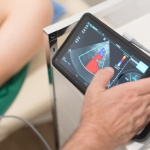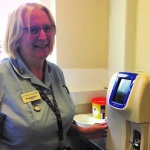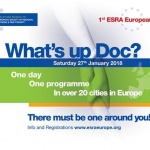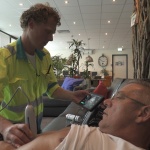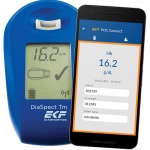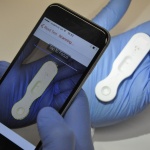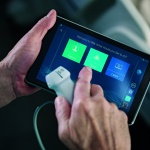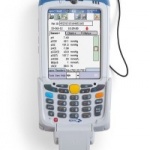
Video • Medical technology
Genrui presents latest products
Genrui Biotech Inc., one of the leading Chinese developers and manufacturers of IVD equipment and reagents, present their latest POCT devices at the China International Medical Equipment Fair (CMEF). Among the presented devices are the 5-Part Auto Hematology Analyzer KT-6610, which uses advanced tri-angle laser scattering, flow cytometry technology to deliver white blood cell differential…




